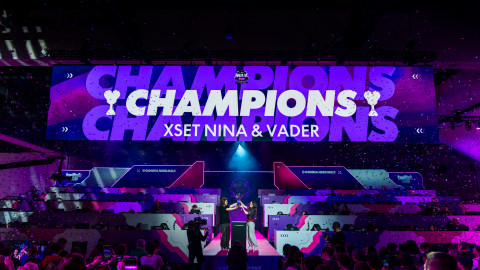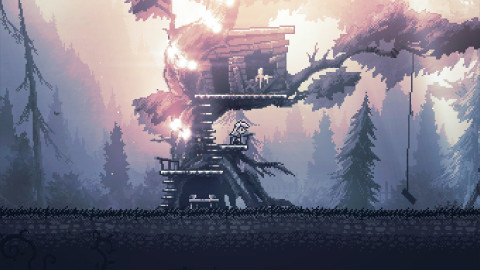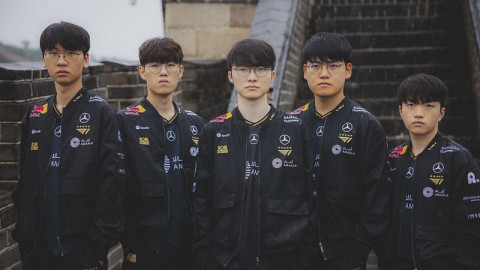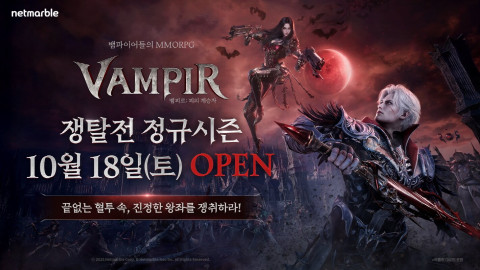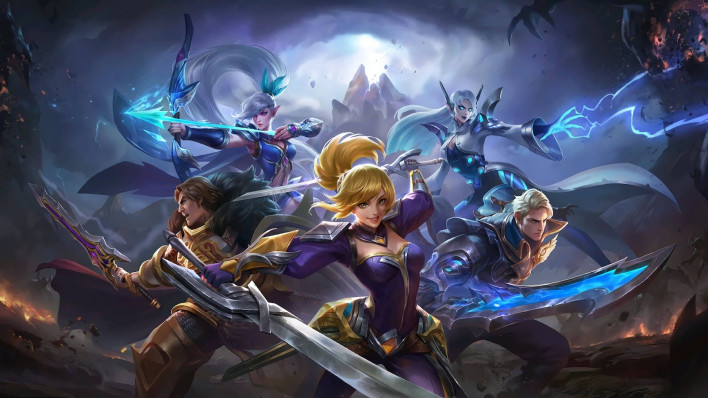
Mobile Legends has captured the hearts of millions worldwide, transforming mobile gaming into a competitive battleground where strategy meets skill. Yet, even the most mechanically gifted players often find themselves stuck in lower ranks, wondering why their individual prowess doesn't translate to consistent victories. The answer lies in something far more powerful than solo talent: perfect team coordination.
Understanding the Foundation of Team Synergy
Team coordination in Mobile Legends isn't just about five players being online simultaneously. It's about creating a unified force that moves, thinks, and reacts as one entity. The difference between a coordinated team and a group of skilled individuals is like comparing a symphony orchestra to five talented musicians playing different songs.
Great coordination starts before the match even begins. During the draft phase, your team needs to communicate hero preferences and understand role distribution. A balanced team composition typically requires a tank, support, marksman, mage, and fighter or assassin. However, the meta shifts constantly, and adapting your picks to counter enemy selections shows strategic depth that wins championships.
When players invest in their accounts through reliable services to top up ML, they're not just purchasing cosmetics—they're demonstrating commitment to the game. This commitment often translates into better teamwork because invested players tend to take matches more seriously and communicate more effectively with their squad.
The Communication Blueprint That Wins Games
Communication is the backbone of any successful team strategy. Mobile Legends provides several communication tools, from quick chat commands to voice chat functionality. Mastering these tools separates average teams from extraordinary ones.
Quick chat commands might seem basic, but they're incredibly efficient during intense team fights when every second counts. Messages like "Attack the Lord," "Gather for team fight," or "Retreat" can coordinate five players instantly without the distraction of typing or lengthy voice explanations.
For squads playing together regularly, voice communication takes coordination to another level. Calling out enemy positions, ultimate cooldowns, and strategic intentions in real-time creates a massive advantage. However, effective voice communication requires discipline—keeping comms clear during critical moments and avoiding unnecessary chatter that clutters decision-making.
Map Awareness and Rotation: The Invisible Coordination
Perfect team coordination extends beyond direct communication. It manifests in synchronized map rotations, where players instinctively know when and where teammates will appear. This chess-like awareness transforms random skirmishes into calculated plays that systematically dismantle opponents.
Watch professional Mobile Legends teams, and you'll notice how rarely they face numerical disadvantages in fights. This isn't luck—it's coordination. When a midlaner pushes their lane, the jungler positions nearby for a potential gank. When objectives like Turtle or Lord spawn, the entire team rotates collectively, leaving no member isolated.
Timing is everything in these rotations. Arriving at an objective five seconds late can mean the difference between securing it and losing three teammates. Coordinated teams develop an internal rhythm, understanding each hero's movement speed and rotating accordingly. They ping objectives 20-30 seconds before contesting them, giving everyone time to clear their lanes and group up safely.
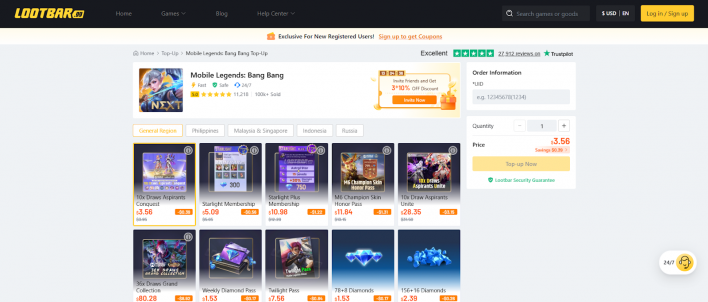
Objective Prioritization and Macro Strategy
Individual skill might win lanes, but coordinated objective control wins matches. Teams that understand priority targets and execute them together climb ranks exponentially faster than mechanically superior but disorganized groups.
The Lord stands as Mobile Legends' most game-changing objective. A coordinated team doesn't randomly attempt Lord—they prepare for it. This means securing vision around the area, confirming enemy positions, and having key ultimates available. Poor Lord attempts result from lack of coordination; one player initiates while others are still clearing waves, leading to disastrous team wipes.
Turret pushing also demands coordination. The infamous "split-push" strategy only works when the rest of the team applies pressure elsewhere simultaneously. If four teammates recall while one pushes, that player becomes an easy target. Coordinated split-pushing means the pusher draws attention while the team secures other objectives or forces favorable fights.
Many serious players use platforms like the LootBar game trading platform to access premium heroes and skins, which can boost confidence and performance. When you're playing champions you're comfortable with and enjoy visually, your focus improves, contributing positively to team coordination.
The Art of Team Fighting Coordination
Team fights represent the pinnacle of Mobile Legends coordination. These chaotic five-versus-five engagements last mere seconds but determine match outcomes. Uncoordinated teams burst all abilities randomly, hoping for the best. Coordinated teams execute with surgical precision.
Role understanding is crucial here. Tanks initiate fights by identifying priority targets and engaging when the team is ready—not randomly diving when teammates are elsewhere. Marksmen position safely behind frontlines, dealing consistent damage without overextending. Mages look for high-value abilities on clustered enemies or squishy backlines. Assassins wait for the perfect moment to eliminate vulnerable targets.
The "focus fire" principle exemplifies coordination. Instead of five players attacking five different enemies, coordinated teams concentrate damage on one target, eliminating them quickly to create numerical advantages. Calling out focus targets verbally or through pings ensures everyone commits to the same kill priority.
Crowd control chaining demonstrates advanced coordination. When tanks land stuns, teammates should layer additional crowd control effects before the target escapes, preventing cleanse abilities or dash escapes from negating your engagement. This requires players to understand each hero's crowd control duration and cooldowns.
Building Long-Term Team Chemistry
While solo queue teaches adaptability, nothing replaces a consistent five-player squad's synergy. Teams that play together regularly develop shorthand communication, predict teammate behavior, and recover from mistakes more effectively.
Developing chemistry requires patience and consistent practice. Schedule regular play sessions, review replays together to identify coordination breakdowns, and discuss strategy improvements. Over time, you'll develop intuitive understanding—knowing exactly how your tank prefers to initiate or when your marksman needs protection.
Many successful squads also invest together through services to top up ML, creating shared experiences through new hero releases and exclusive events. This collective investment strengthens team identity and commitment to improvement.
Conclusion: Coordination Trumps Individual Skill
Mobile Legends rewards coordinated teams far more generously than solo talent. Five players with average mechanical skills but exceptional coordination will consistently defeat five individual stars lacking teamwork. This fundamental truth separates casual players from competitive successes.
Start implementing these coordination principles today. Communicate clearly, rotate efficiently, prioritize objectives collectively, and execute team fights with purpose. Whether you're using the LootBar game trading platform for account enhancements or grinding through ranked matches, remember that your teammates are your greatest asset.
-
 Guest Reporter
Guest Reporter
Sort by:
Comments :0

